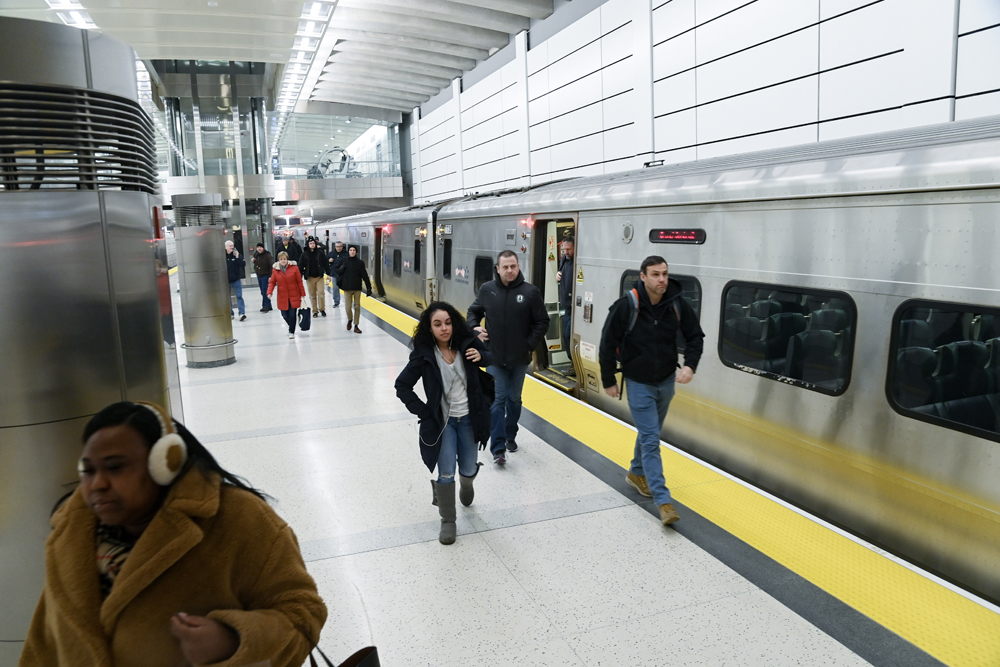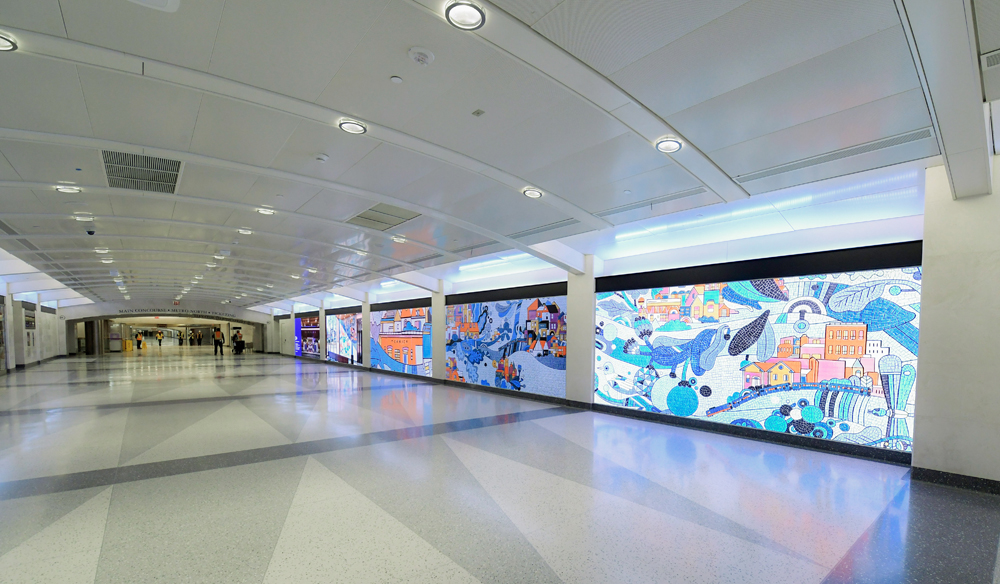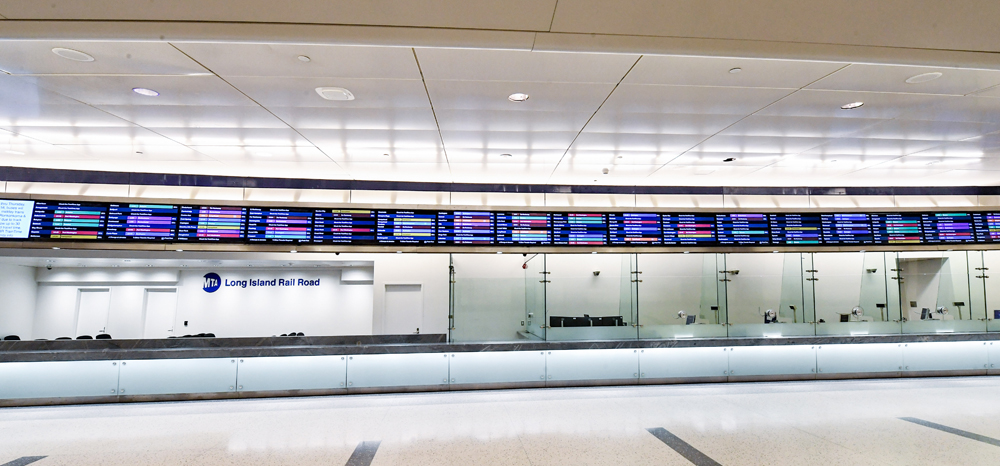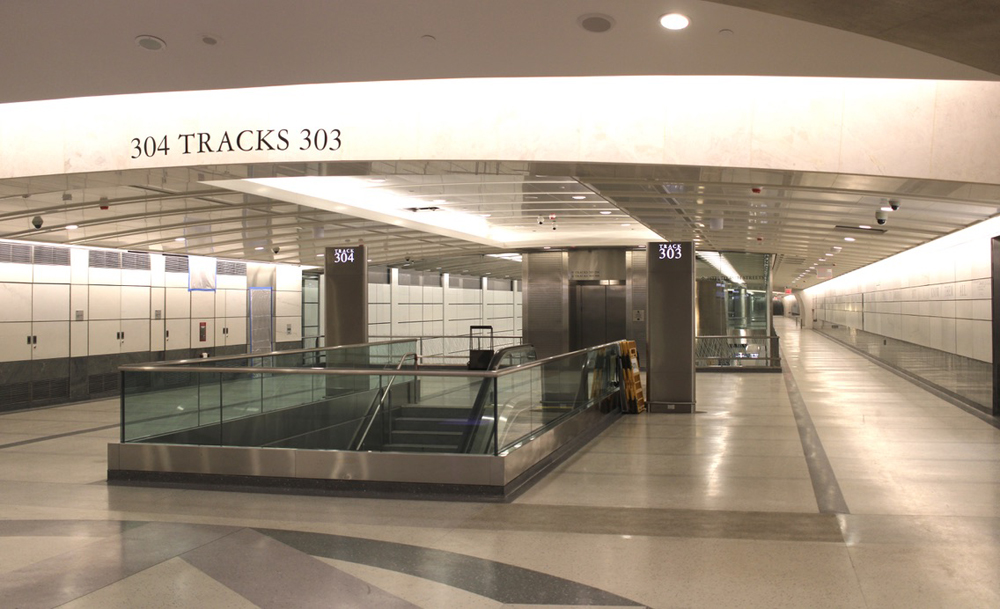
NEW YORK — The process of creating a new Long Island Rail Road terminal beneath Grand Central Terminal was long, arduous, and far more expensive than intended.
For all of that, the opening of Grand Central Madison remains transformational — both for the day-to-day commuters that were the intended beneficiaries of the project from the beginning, and for the additional options it creates for New York’s rail transit system.
“We suddenly have a new route into the city,” Metropolitan Transportation Authority CEO Janno Lieber said in an interview with Trains last year. “It delivers us another route in and out of the central business district in Manhattan, in the event of emergencies of whatever variety, whether they’re climate-related or, God forbid, something intentional. It creates resiliency in that respect.”

It also creates the first connection between the MTA’s two commuter railroads, the LIRR and Metro-North Railroad; 98% of Metro-North trains serve Grand Central Terminal or connect with those that do. That connection allows for new commuting options and prompted the creation of a “Combo Ticket” to encourage such usage. It also increased the utility of the “CityTicket” program covering trips within New York City.
“I do think it will knit the region together in a sort of economic way that I think will be enormously advantageous,” said Metro-North President Catherine Rinaldi, who at the time the station opened was also the interim LIRR president. (She has since relinquished that position.) “[It] certainly wasn’t one of the drivers when the project was initially funded, but I think this is a really important feature of the project.”
The station, Manhattan endpoint of the East Side Access project begun in the 1970s and revived in 1998, was once projected to cost $3 billion but came at an official price tag of $11.13 billion. It opened Jan. 25 with shuttle service to and from LIRR’s Jamaica station in Queens; full-fledged operation was launched Feb. 27 as part of an expanded LIRR schedule — adding 271 trains per day — that brought 296 weekday trains into the new terminal.
The station’s opening represents the second step in a three-pronged expansion of MTA commuter operations that included the completion in 2022 of the LIRR’s Third Track project, which made the expanded schedule possible, and will continue later in the decade with the Penn Access project, which will bring Metro-North trains into Penn Station [see “Groundbreaking marks start of work …,” News Wire, Dec. 10, 2022].

The 700,000-square-foot space includes a main concourse created from the Madison storage yard below Grand Central Terminal — hence the station name — as well as caverns consisting two tubes with a total of eight tracks, the lowest of which is about 150 feet below street level. The gestation period of construction was so long that the ticket offices in the original design were largely obsolete by the time the station opened. They have been repurposed into customer information, lost and found, and similar uses. The concourse includes some 25,000 square feet of retail space, but that was not slated to begin seeing occupancy until 2024.
The station was well-used from the outset — it took just 40 days to record its one millionth paying customer — but its initial operation reinforced two truisms: most new ventures will have some bugs to work out, and most people are resistant to change. The start of service to Grand Central Madison disrupted long-established commuting patterns; initially, some rush-hour trains to Penn Station were overcrowded and there were widespread, heavily reported complaints about schedule changes, including loss of direct service from some branch lines to Penn and to Brooklyn’s Atlantic Terminal. But the MTA expanded trains and tinkered with the schedules, commuters adjusted their habits, and those issues have moderated. By Nov. 1, WCBS-TV was reporting that LIRR ridership — which originally saw 71% of commuters continuing to travel to Penn Station — had moved to 64% using Penn Station and 36% going to Grand Central Madison, edging toward LIRR expectations of a 60-40 split.

Previous News Wire coverage:
“Ventilation fan issue continues to delay Grand Central Madison opening,” Jan. 12, 2023.
“Grand Central Madison, terminal for MTA’s East Side Access, debuts,” Jan. 25, 2023.
“New York governor, MTA chief help inaugurate Grand Central Madison service,” Jan. 25, 2023.
“LIRR launches expanded schedules, full service to Grand Central Madison,” Feb. 27, 2023.













